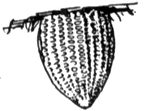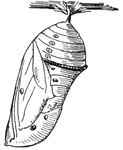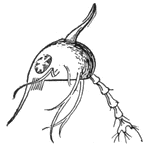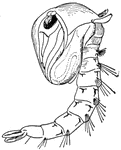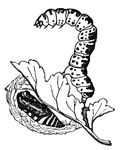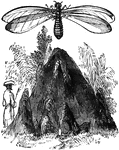Clipart tagged: ‘metamorphosis’

Flounder
Flounder (also; fluke) are flatfish that live in ocean waters ie., Northern Atlantic and waters along…

Frog Egg
"The Tadpole is the larva of the anurous amphibia, sometimes so far extended as to include larvaæ…
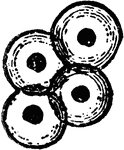
Frog Eggs
"The Tadpole is the larva of the anurous amphibia, sometimes so far extended as to include larvaæ…
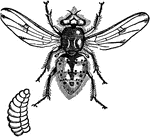
Gadfly of Horse
A gadfly, or Bot-fly, that lays its eggs on horses. After these eggs hatch on the skin, the larvae bore…
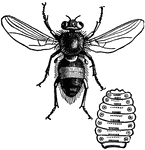
Gadfly of Ox
This illustration shows the Gadfly of the Ox. This illustration is enlarged, and also shows a Gadfly…
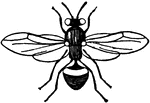
Gall-fly
Gall-fly is a name applied to the members of the family Cynipidae, which are not flies, but are related…
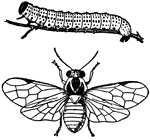
Gooseberry Caterpillar (Nematus ribesii) and Sawfly
Gooseberry Caterpillar is the name applied to the larvæ of two different insects, both injurious to…
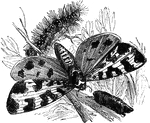
Tiger Moth
The garden tiger moth (Arctia caja) is named for the different and colorful patterns on its wings.

Pupa
Illustration of a pupa attached to a wall. A pupa (Latin pupa for doll, pl: pupae or pupas) is the life…

Pupa
Illustration of a pupa attached to a leaf. A pupa (Latin pupa for doll, pl: pupae or pupas) is the life…

Tadpole
"The Tadpole is the larva of the anurous amphibia, sometimes so far extended as to include larvaæ…

Tadpole
"The Tadpole is the larva of the anurous amphibia, sometimes so far extended as to include larvaæ…

